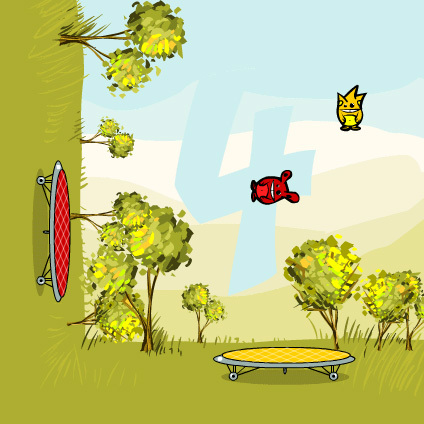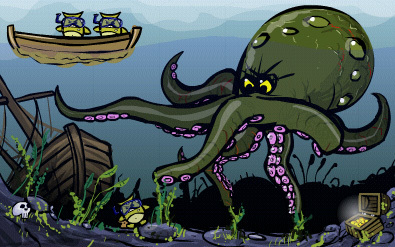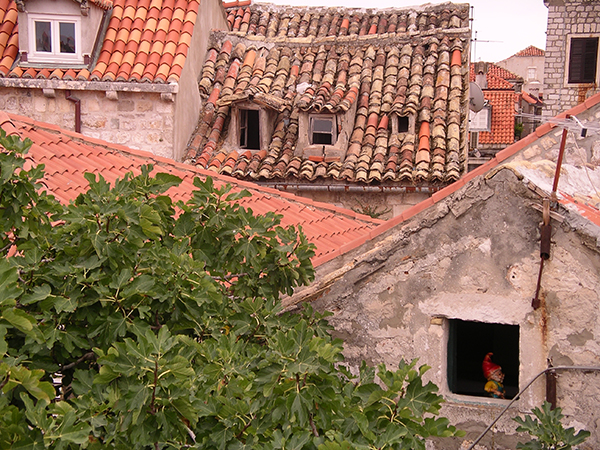DayMare Town 2
May 31, 2008
play this game | Daymare Elden
walkthrough: english, francaise, español, Русское, polska, turkish, hungarian
let’s play: Mage
Can you escape the nightmare of a day…again?… In this game we return to the oddities of the daymare town. Meet more characters, solve puzzles, try to get out… if you dare…














